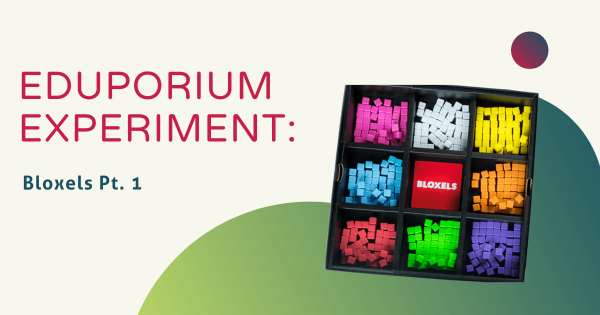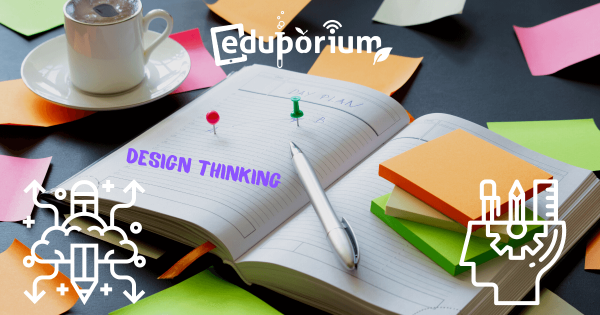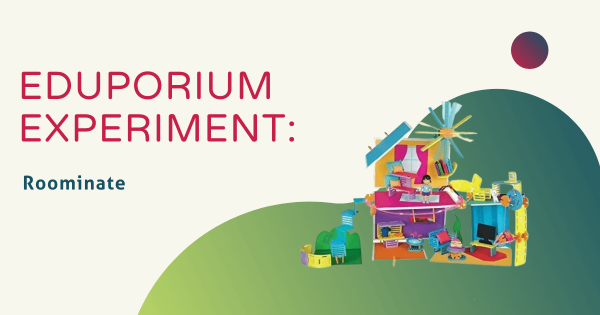The continually evolving nature of the game design industry keeps creators on their toes and the constantly revolving popularity of game design platforms means that developers need to be comfortable with a wide array of computer applications. Keep reading to learn how Bloxels fits that bill and has asserted itself as a valuable teaching technology.
Design Thinking
Design thinking is an innovative problem-solving approach that empowers kids to address complex challenges through a human-centric lens. It involves a creative and iterative process that integrates empathy, ideation, prototyping, and testing. Children benefit immensely from learning design thinking and it equips them with valuable skills in various disciplines and real-world scenarios. First, design thinking helps to foster a critical eye and problem solving success. Encouraging kids to empathize with an end-user, identify problems, and brainstorm solutions helps them shape more creative and collaborative mindsets. This approach can help cultivate adaptability and resilience and nurture a deeper understanding of user needs and their experiences. Students learn to view challenges from multiple perspectives, enhancing their ability to develop solutions that genuinely address many diverse needs.
As kids apply design thinking principles, they also enhance their collaboration and communication skills. The iterative nature of the process encourages teamwork, effective communication, and the ability to incorporate diverse viewpoints. These skills are not only beneficial in academic settings but valued in professional environments, where interdisciplinary collaboration is constant. In the future, students who've mastered design thinking will be well-off for navigating complex problems, innovate in their chosen field, and contribute to society. Whether pursuing a career in technology, business, healthcare, or social impact, their adaptability and problem-solving mindsets cultivated through design thinking will empower children to thrive in a world characterized by its change and evolution. A focus on empathy and user-centered design is very useful in fields like product development, entrepreneurship, and more.
-
Design Thinking as a New Kind of Pedagogy
In the 21st century, those who are most successful are always thinking at least one—sometimes two, three, or four steps ahead. Why? Because they have to. No longer can the most successful workers and students get by on basic skills. The times have changed and now essentially require them to have increasingly innovative skill sets just to survive. -
Eduporium Experiment | The Roominate Kits
There are few toys more iconic than the dollhouse. Almost every little girl has one and it’s easily always been one of the most popular products out there. Roominate is a dollhouse, but what sets it apart is its modern twist. Users can customize it however they want and learn a thing or two about circuitry in the process.
Page
- Page Previous
- Page 1
- You're currently reading page 2






